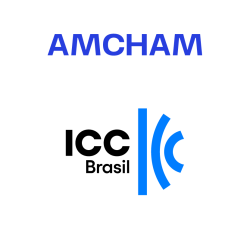Lagoon Complex in Rio de Janeiro
ABOUT IT
The project to revitalize the Jacarepaguá Lagoon Complex (CLJ), located in the city of Rio de Janeiro, covers the Jacarepaguá, Camorim, Tijuca and Marapendi lagoons and the Joatinga Canal. The hydrodynamic circulation of the CLJ is controlled by three channels, which hinder the flood and ebb currents of the tide, impacting the exchanges between the sea and the inland basins. For more than 30 years, untreated sewage has been discharged directly into lagoons, rivers and the ocean, contributing to the degradation and silting up of the complex. This siltation has strangled the channels connecting to the sea, altering the composition of the waters and increasing the proportion of freshwater to seawater. This situation has resulted in stagnation and deoxygenation of the water column, causing periodic fish kills and toxic algae blooms.
Dredging the lagoon system is a solution to improve hydrodynamic circulation and increase the amount of oxygen in the water column, promoting the revitalization of the ecosystem. Iguá has also started planting mangroves on the banks of the Complex to recover the native vegetation. During the assisted operation phase, the company mobilized the local community in clean-up efforts, resulting in the collection of 200 tons of waste.
The CLJ project includes various measures to revitalize the ecosystem. Iguá also aims to universalize basic sanitation in Rio de Janeiro, positively impacting the quality of water resources and the local biota. In order to measure the impacts on the CLJ's biodiversity, components such as water, sediments, hydrobiological communities, reptiles, birds and mangrove vegetation will be evaluated, with monitoring campaigns throughout the project. The revitalization actions are expected to increase the population of various species and mitigate the environmental impacts caused by human activities in recent decades.
The benefits of revitalizing the CLJ will not only be numerical, but will generate a positive impact on the ecosystem and society, promoting opportunities and constructively influencing the local community. In addition, Iguá has identified climate risks and opportunities in the region. With the revitalization of the mangroves, the project will work towards decarbonization, since studies show that Brazilian mangroves can store up to 4.3 times more carbon in the first 100 cm of soil than other biomes in the country.
Results and Objectives
SDGs
External Certification
International Commitments
National Commitments
More info



